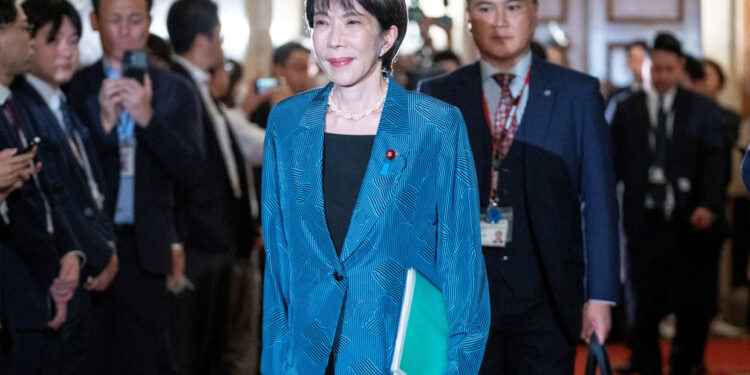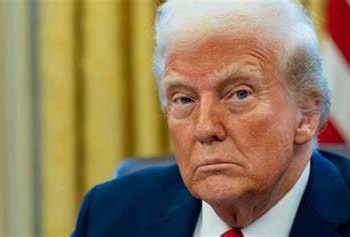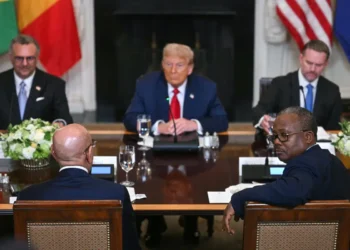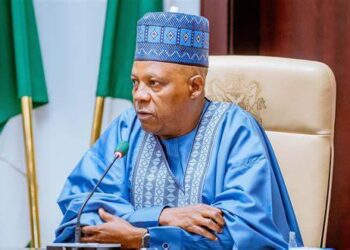Japan has broken a historic glass ceiling with the election of Sanae Takaichi as its first female prime minister in modern history, though she assumes office with a weakened political mandate and formidable challenges ahead.
The 64-year-old hardline conservative secured her position on Tuesday through parliamentary votes in both chambers. The lower house elected her by 237 votes to 149, defeating Yoshihiko Noda of the opposition Constitutional Democratic Party. In the upper house, she prevailed 125-46 after narrowly missing a majority in the initial round.
Takaichi’s victory represents a breakthrough in Japanese politics, where women remain drastically underrepresented in leadership positions. However, her tenure begins under a cloud of uncertainty, with her governing coalition severely weakened and immediate diplomatic pressures looming.
As the newly elected leader of the Liberal Democratic Party, which has dominated Japanese politics since the end of World War II, Takaichi brings decades of governmental experience. She has previously held ministerial portfolios including economic security, internal affairs, and gender equality.
A political disciple of Shinzo Abe, the former prime minister who was assassinated, Takaichi champions nationalist policies that include military expansion, stricter immigration controls, and constitutional reform to eliminate Japan’s post-war pacifist provisions. She won the LDP leadership earlier this month after unsuccessful bids in 2021 and 2024.
Her path to the premiership became precarious when Komeito, a centrist coalition partner, withdrew its support from the LDP alliance. To salvage her position, the party negotiated an agreement on Monday with the Japan Innovation Party, known as Ishin, a right-leaning faction based in Osaka. This new partnership pushes the governing coalition further toward conservative policies.
Despite this arrangement, Takaichi lacks a parliamentary majority in either chamber following devastating electoral losses for the LDP. Voters punished the party over corruption allegations and mounting economic hardship, leaving the new prime minister politically vulnerable from day one.
Jeff Kingston, who teaches Asian studies and history at Temple University’s Japan campus, described her situation bluntly: “She emerges from this a diminished leader from the get-go.”
Takaichi faces an immediate diplomatic test with President Donald Trump scheduled to visit Japan next week during his first Asian tour since returning to the White House. The American president plans stops in Malaysia and Japan before proceeding to South Korea for a major Asia-Pacific economic summit.
Kingston noted the compressed timeframe for preparation, saying Takaichi has limited opportunity to ready herself for intensive diplomatic engagements. However, he emphasized that revitalizing Japan’s struggling economy should be her primary focus.
The prime minister must navigate these international obligations while simultaneously addressing domestic concerns that cost her party dearly at the ballot box, including persistent inflation and public disillusionment with political corruption.
Takaichi’s historic election marks a symbolic advancement for women in Japanese politics, yet the substance of her leadership will be measured against her ability to govern effectively with a fractured coalition and an impatient electorate demanding economic relief and political accountability.


















